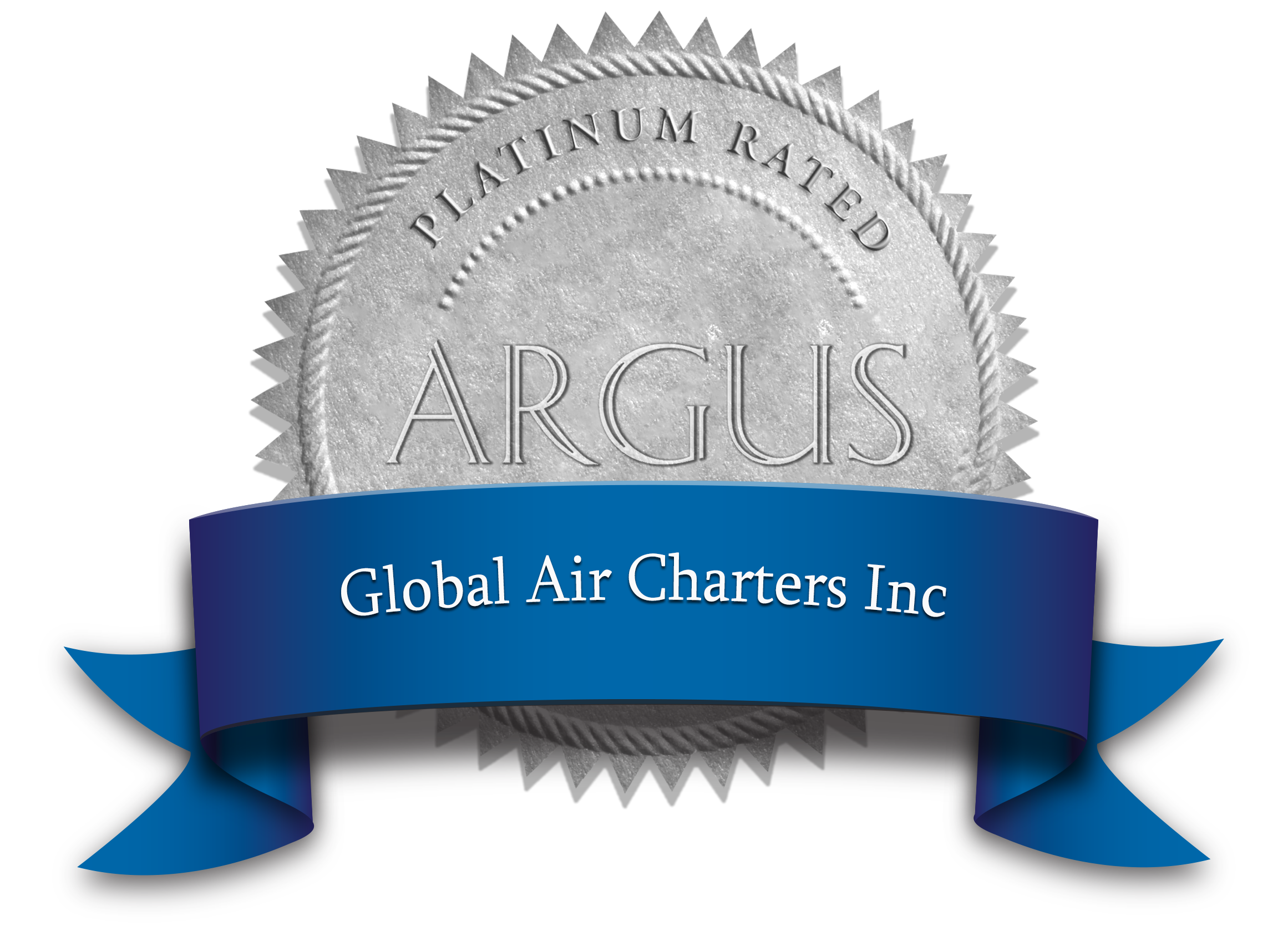
Charter Operators Take These Precautions for Safe Operation in Wintertime
Private jets today are capable of operating in extreme conditions with relative ease. Aircraft manufacturers invest heavily in technology that allows their equipment to handle the punishing environments that they frequently encounter.
There are, however, cold weather operating limitations on each aircraft that technology alone cannot overcome. Depending on weather conditions, it is possible to be stuck on the ground even with the most modern aircraft available.
To operate safely in extremely cold weather, your flight crew uses knowledge of aircraft capabilities coupled with safe operational weather practices to make decisions that keep both passengers and the aircraft safe. Here are some of the considerations worth taking into account when operating private jets in very cold weather:
The Sticking Point of Precipitation
One of the most prevalent cold weather challenges to overcome is that of precipitation. Heavy snowfall and freezing rain present the greatest danger to aircraft trying to take off and land.
To mitigate the hazards of cold weather precipitation, departing aircraft receive deicing treatment from ground operations that removes ice buildup from critical surfaces. Aircraft arriving at airports where hazardous precipitation is occurring are operated with onboard anti-ice equipment to prevent the accumulation of ice buildup which can be highly dangerous if left unchecked.
The combined resources of ground deicing treatments and onboard anti-ice equipment allow jets to operate safely during the most challenging precipitation events. Even with modern solutions, there are still certain types of precipitation like heavy freezing rain or excessive snowfall which effectively grounds all jet aircraft trying to take off.
Your flight crew is well trained to recognize and eliminate the safety risk by delaying departures from airports where freezing rain or heavy snowfall is occurring.
Extreme Cold Temperatures
There are plenty of locations worldwide that are known for setting cold weather records. Many of these locations have airports where private jets operate regularly.
When outside air temperatures reach -35 °F, your flight crew follows specific instrument operating procedures. These account for varying degrees of cold weather instrument error. Cold temperatures can “trick” flight instruments by making the altitude readouts erroneously lower during an approach procedure. Depending on the aircraft, the pilots apply simple mathematical corrections that allow the aircraft to fly the intended altitude profile.
Other procedures your flight crew must follow at cold airports include engine preheating, battery warming, and extended engine cold cranking. Aircraft left overnight in extreme cold require great care and attention before the first start of the day to promote the longevity of aircraft components.
Cold Weather Jet Safety
Technology and wise operational practices keep the flight crews and passengers aboard our jets safe from cold weather danger. Delays due to cold weather events like heavy snowfall or freezing rain will eventually happen to you if you fly regularly enough.
With all the tools at our disposal today, private jet aircraft can maintain scheduled departure times more so than in years past. The next time you fly into or out of a cold weather destination, you can do so with the confidence that all safety measures in place today are well-developed over many decades of cold weather flying experience.




